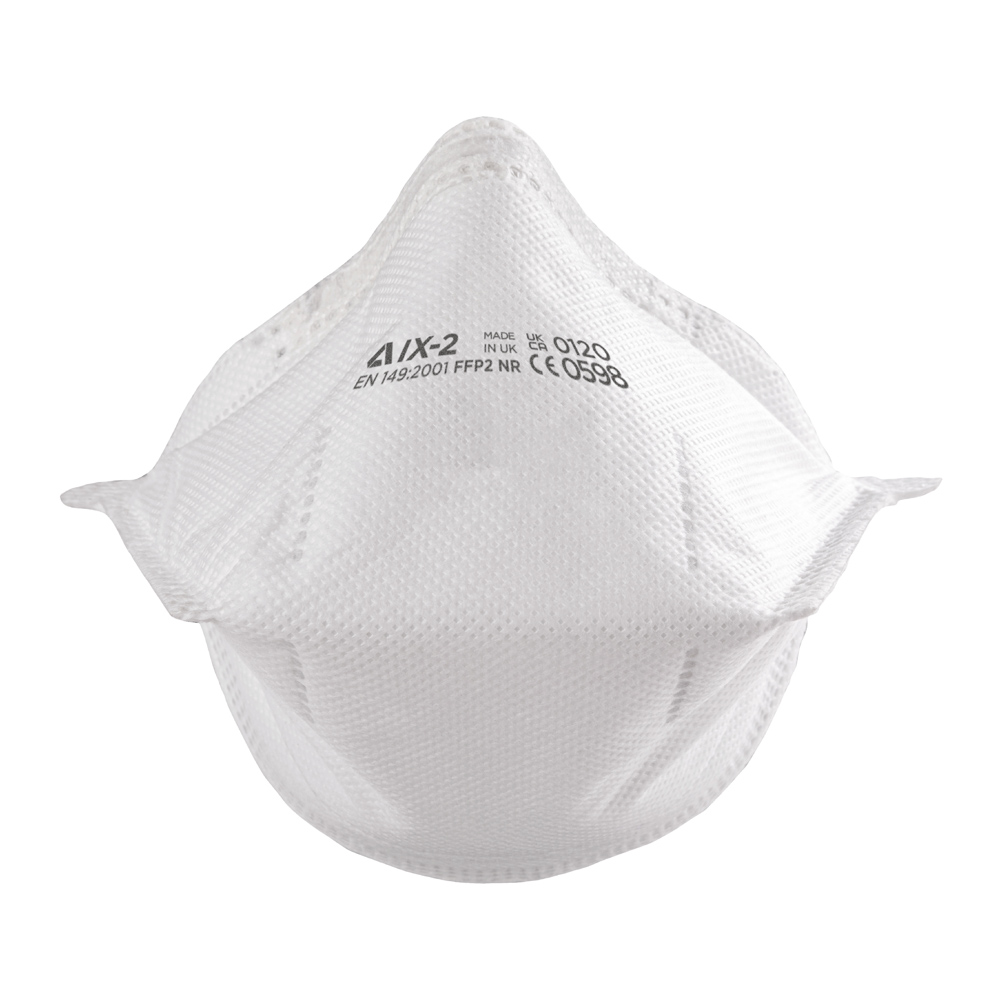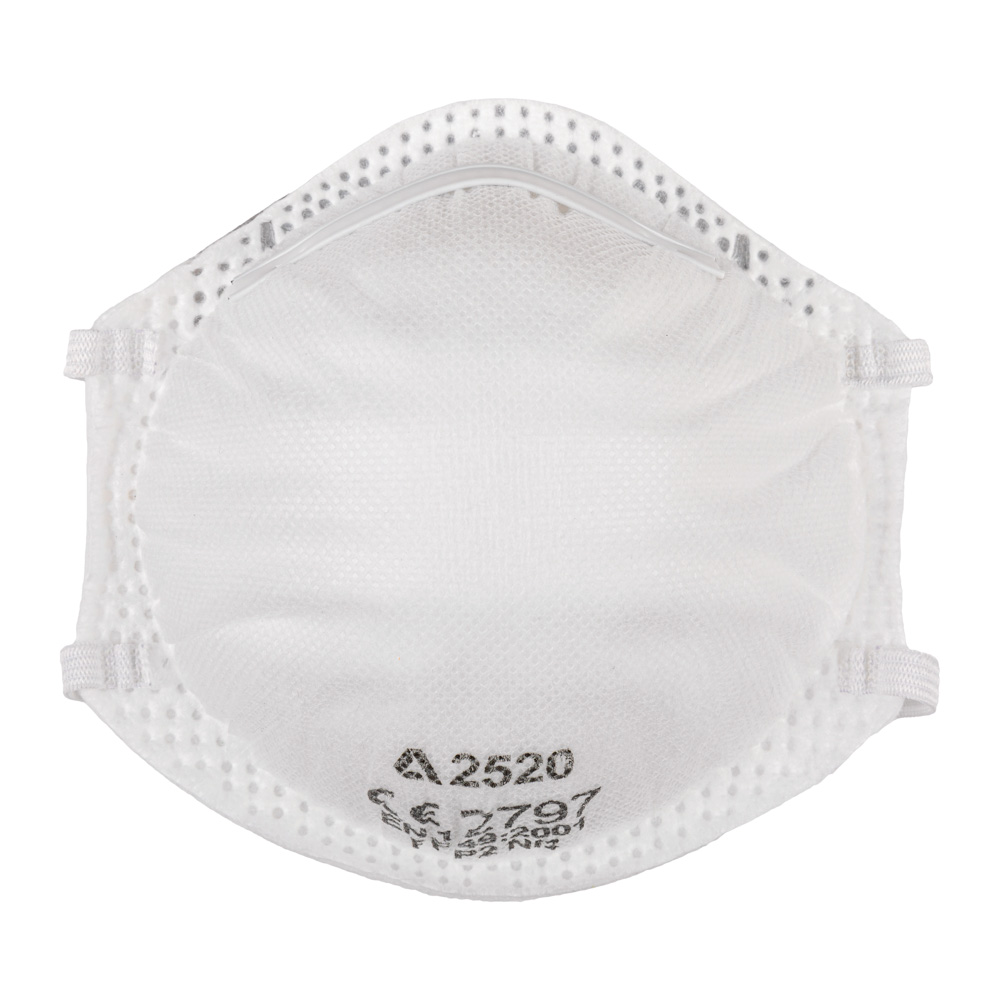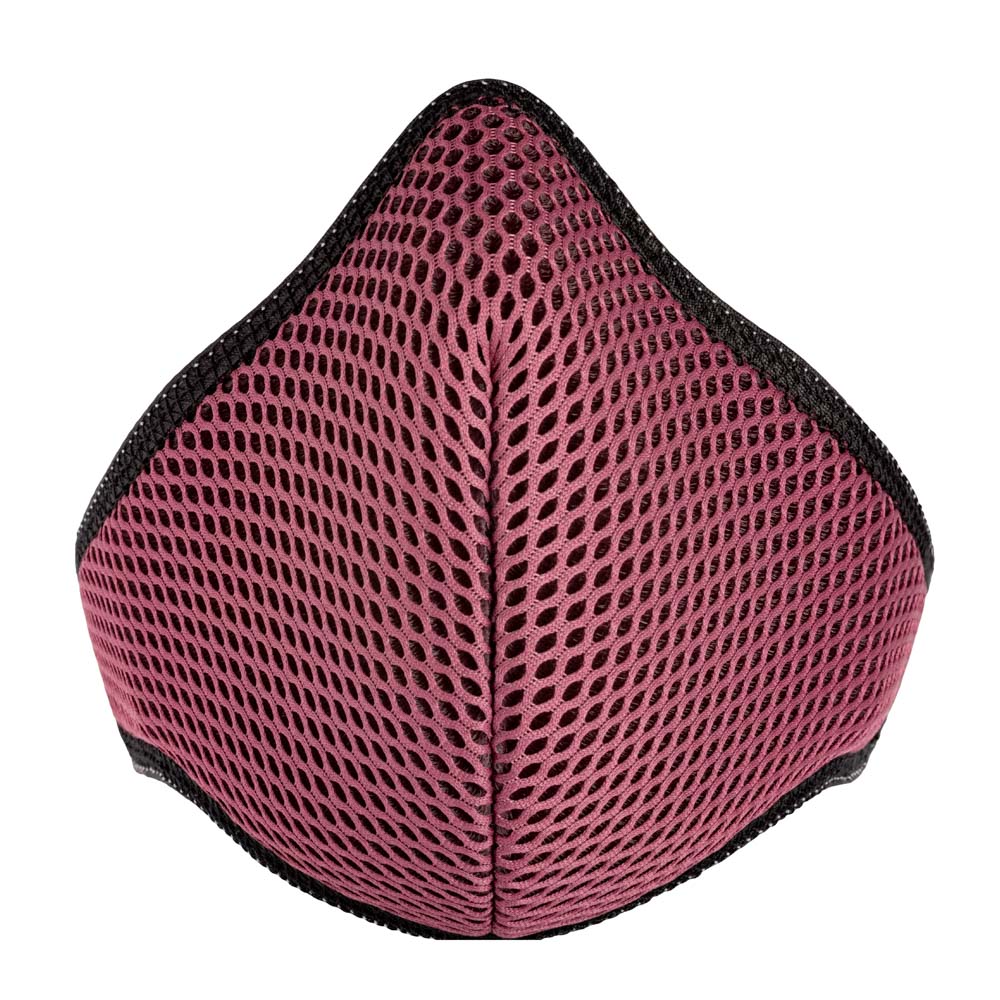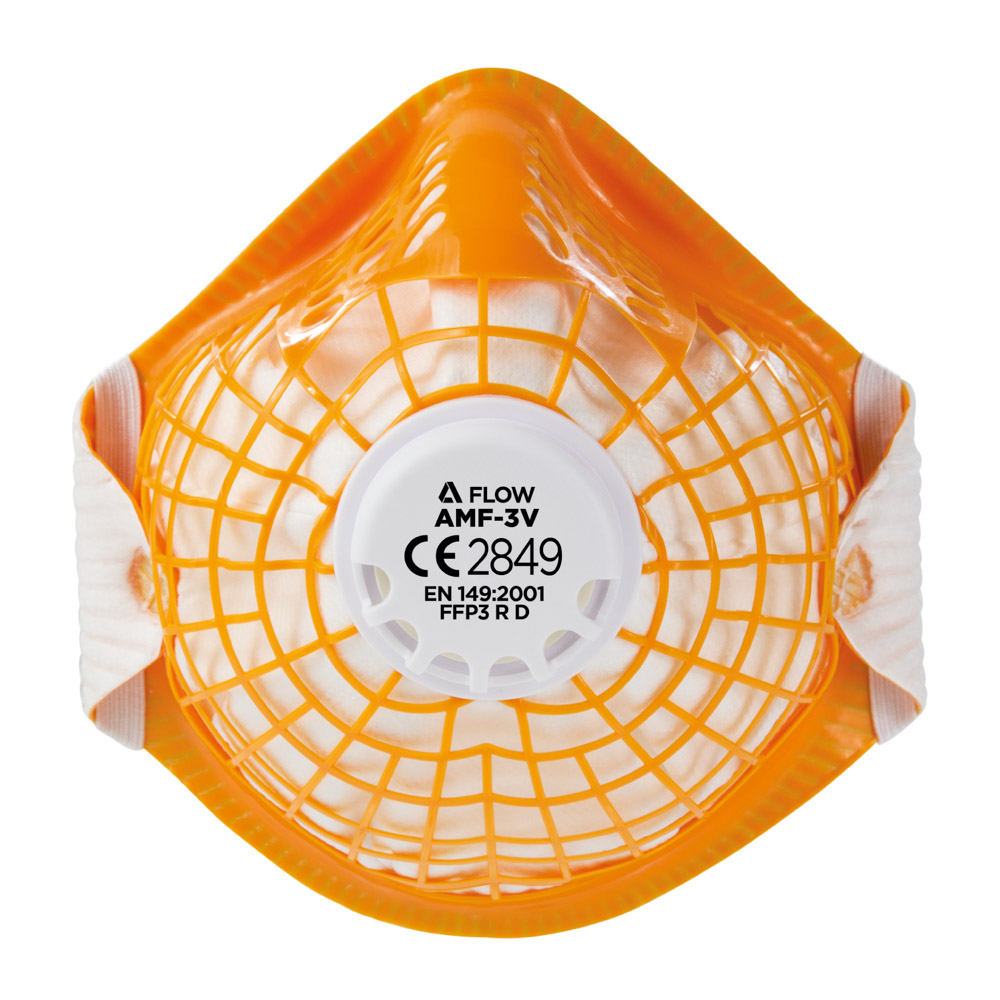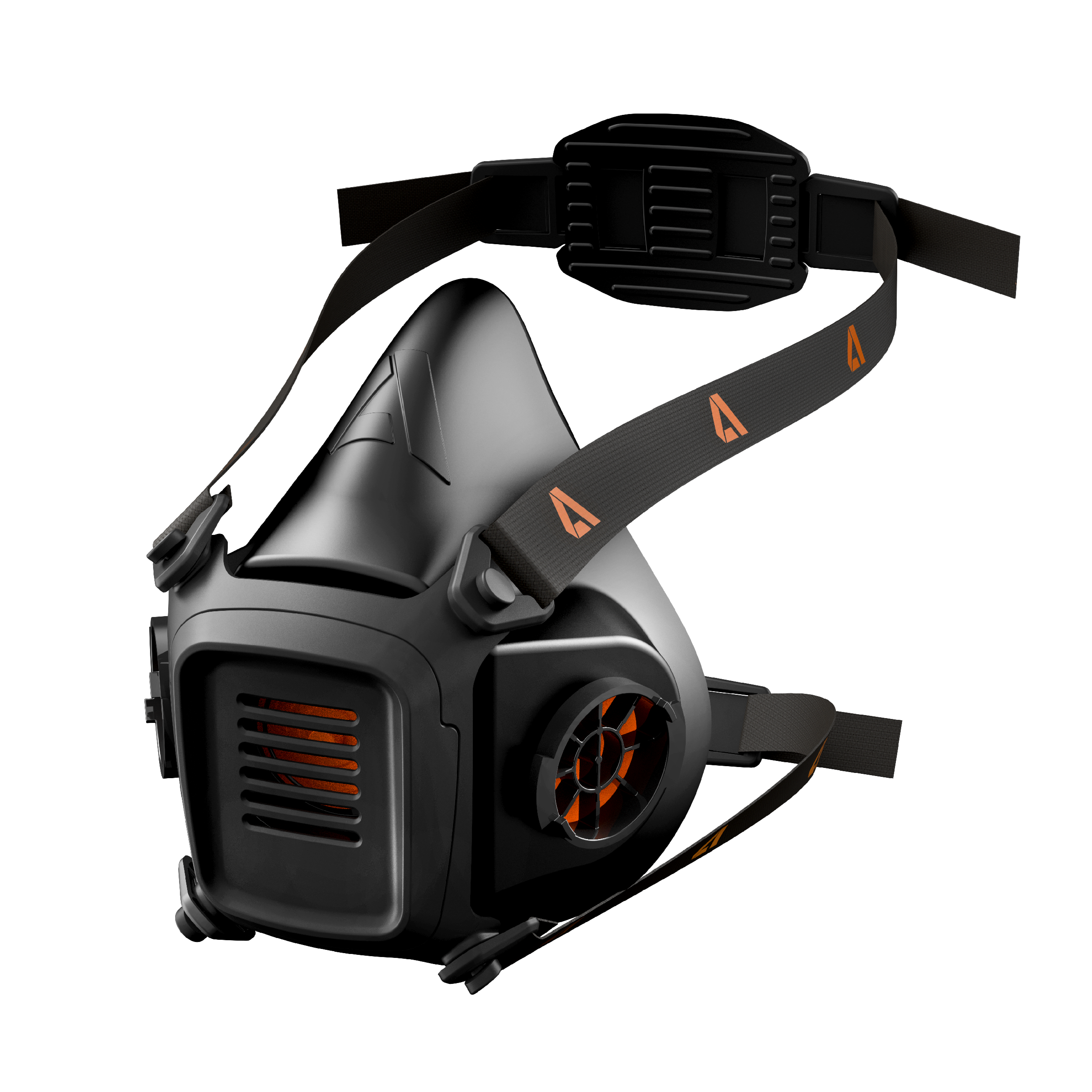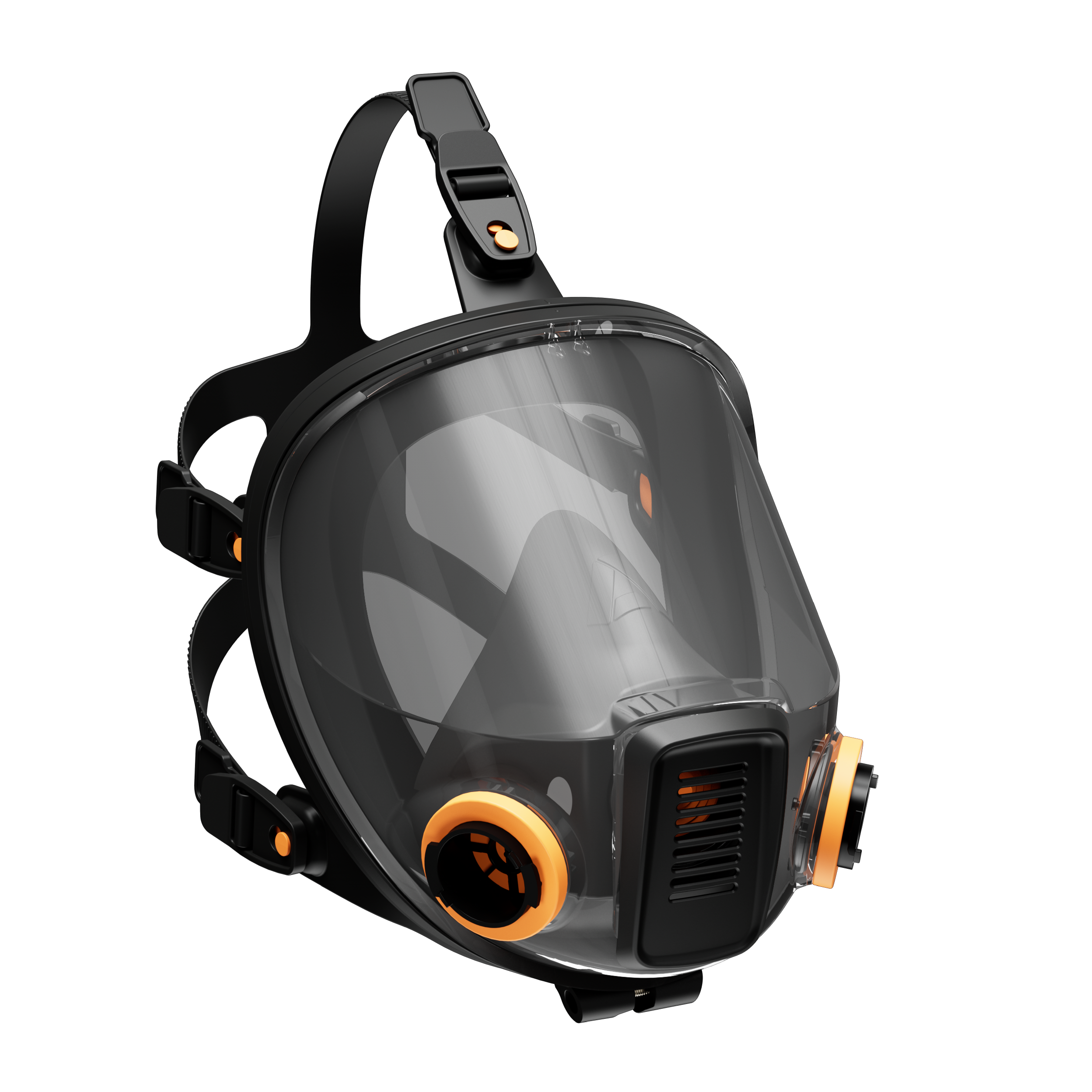
Valve Vs. Non-Valve Respirators
In recent years, respiratory protection has been highlighted to the nation due to the pandemic. Even after the threats of COVID-19 have settled, respirators are still a crucial piece of protection for those working in environments that present a risk to their respiratory system.
Whether it's working in healthcare, hazardous environments or dealing with air pollution, respiratory protective equipment can make a significant difference in safeguarding our health. When it comes to choosing the right respirator, one key decision to make is whether to opt for a valve or a non-valve respirator. COSHH advice sheets can help you identify the type of mask that is best suited to your needs however, you may still be left wondering how valve and non-valve respirators compare.
We will explore the differences and help you decide which one is the better choice for your needs.
REMEMBER! Fit testing is ESSENTIAL to obtain the correct respiratory PPE for your intended use. Please refer to the HSE fit testing guidance for more information or check out our face fit testing kit.
Non-Valve Respirators: The Basics
Non-valve respirators, often referred to as FFP2/FFP3 masks are designed to filter out airborne particles, including:
- Bacteria
- Viruses
- Dust
- Pollutants
These respirators feature a close-fitting design that creates a seal around the nose and mouth, ensuring that air is filtered through the mask material.
Non-valve respirators are highly effective at protecting both the wearer and those around them from respiratory hazards. They are commonly used in healthcare settings and industrial environments.
What are the advantages of Non-Valve Respirators?
- Protection for Everyone. Non-valve respirators protect both the wearer and those nearby by filtering incoming and outgoing air, making them ideal for situations where source control is essential.
- No Risk of Contamination. Since exhaled air is filtered through the mask material, non-valve respirators do not pose a risk of contaminating the surrounding environment.
- Effective Filtration. Non-valve respirators are known for their high filtration efficiency, which is critical when dealing with harmful particles.
- Disposable. Many non-valve respirators are disposable, meaning cross-contamination is unlikely to occur between wears as it will be a fresh one every time.
Our top picks for non-valve respirators
Valve Respirators: The Basics
Valve respirators, on the other hand, are similar to non-valve respirators but come equipped with one-way exhalation valves. These valves allow the wearer to exhale more easily, reducing moisture buildup and making breathing more comfortable.
Valve respirators are often favoured for their breathability, as many people will know that without a valve, wearing a mask for a prolonged period can get stuffy and uncomfortable.
Valve respirator masks are most commonly used in construction and industrial settings where prolonged wear is required.
What are the advantages of Valve Respirators?
- Comfortable Breathing. The exhalation valve reduces resistance, making it easier for the wearer to breathe, especially during extended use.
- Reduced Moisture Buildup. Valve respirators are less prone to moisture accumulation inside the mask, making them more comfortable for long-term wear.
- Cooler and Less Claustrophobic. The valve allows for a cooler and less restrictive experience, making them preferred by some users who find non-valve respirators uncomfortable.
Our top picks for valve respirators
The Decision: Valve or non-valve respirator?
The choice between a valve and a non-valve respirator really depends on your specific needs and the situation you find yourself in. If you have no previous experience wearing either, here are some factors to consider when making your decision:
- Source Control. If you are wearing a respirator primarily to protect others (like the nation did during the pandemic), a non-valve respirator is the better choice as it filters both incoming and outgoing air and is usually the cheaper option.
- Comfort and Prolonged Use. If you need to wear a respirator to protect your respiratory system and plan to use it for an extended period, such as in a dusty work environment, a valved respirator will provide more comfort and breathability.
- Environmental Concerns. In situations where contamination of the surrounding environment is a concern, opt for a non-valve respirator to prevent the release of unfiltered exhaled air.
- Cost comparisons. Make sure you work out which is the most cost-effective option for you in the long run. Non-valved respirator masks are often disposable which can cost more if needed regularly.
Both valve and non-valve respirators have their merits, and the choice ultimately depends on your specific requirements. Always follow the guidance provided by health authorities and your workplace when selecting and using respirators to ensure you're adequately protected in any given situation.
At Mstore, we have a comprehensive range of valve and non-valve respiratory protection equipment to choose from. If you are still unsure which to choose, contact us and we will be happy to help.


